The first half of the 20th century is regarded by many as the golden age of Romanian culture and it is the period when it reached its main level of international affirmation and a strong connection to the European cultural trends. The most important artist who had a great influence on the world culture was the sculptor Constantin Brâncu?i (1876–1957), a central figure of the modern movement and a pioneer of abstraction, an innovator of world sculpture by immersion in the primordial sources of folk creation.
The relationship between traditional and Western European trends was a subject of heated polemics and outstanding personalities sustained the debates. The playwright, expressionist poet and philosopher Lucian Blaga can be cited as a member of the traditionalist group and the literary critic founder of the literary circle and cultural journal Sbur?torul, Eugen Lovinescu, represents the so-called Westernizing group, which sought to bring Romanian culture closer to Western European culture. Also, George C?linescu was a more complex writer who, among different literary creations, produced the monumental “History of the Romanian literature, from its origins till present day”.
The beginning of the 20th century was also a prolific period for Romanian prose, with personalities such as the novelist Liviu Rebreanu, who described the struggles in the traditional society and the horrors of war, Mihail Sadoveanu, a writer of novels of epic proportions with inspiration in the medieval history of Moldavia, and Camil Petrescu was a more modern writer distinguishing himself through the analytical prose writing. In dramaturgy, Mihail Sebastian was an influential writer and as the number of theaters grew also did the number of actors, Lucia Sturdza Bulandra being an actress representative of this period.
Alongside the prominent poet George Topîrceanu, a poet of an equal importance was Tudor Arghezi who was the first to revolutionize the poetry in the last 50 years. One should not neglect the poems of George Bacovia a symbolist poet of neurosis and despair and those of Ion Barbu a brilliant mathematician who wrote a series of very successful cryptic poems. Tristan Tzara and Marcel Janco, founders of the Dadaist movement, were also of Romanian origin.
Also during the golden age came the epoch of Romanian philosophy with such figures as Mircea Vulc?nescu, Dimitrie Gusti, Alexandru Dragomir, and Vasile Conta. The period was dominated by the overwhelming personality of the historian and politician Nicolae Iorga who, during his lifetime published over 1,250 books and wrote more than 25,000 articles. In music, the composers George Enescu and Constantin Dimitrescu and the pianist Dinu Lipatti became world famous. The number of important Romanian painters also grew, and the most significant ones were: Nicolae Tonitza, Camil Ressu, Francisc ?irato, Ignat Bednarik, Lucian Grigorescu and Theodor Pallady. In medicine a great contribution to human society was the discovery of insulin by the Romanian scientist Nicolae Paulescu. Also Gheorghe Marinescu was an important neurologist and Victor Babe? was one of the earliest bacteriologists. In mathematics Gheorghe ?i?eica was one of Romania’s greatest mathematicians, and also an important personality was the mathematician/poet Dan Barbilian.
Related Listing
-
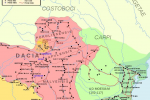
Culture of Romania
Romania has a unique culture, which is the product of its geography and of its distinct historical ...
-
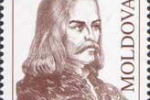
The Middle Ages
Until the 14th century, small states (rom. voievodate) were spread across the territory of ...
-
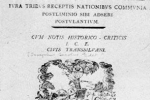
Classical age
In Transylvania, although they formed a majority of the population, Romanians were merely seen as a ...

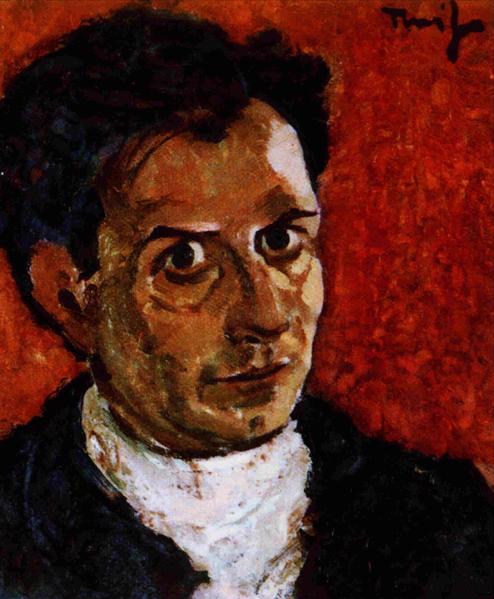
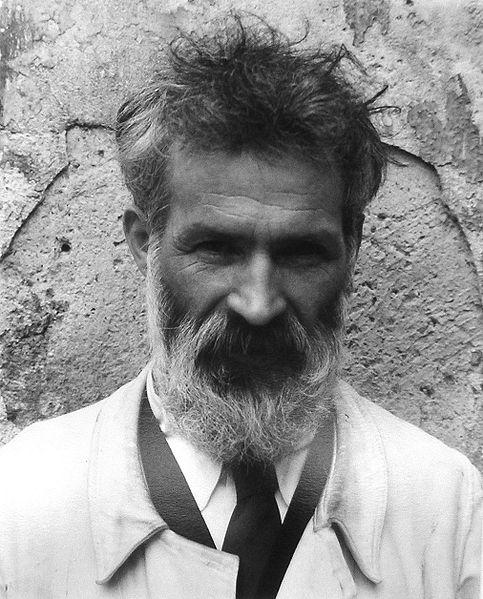
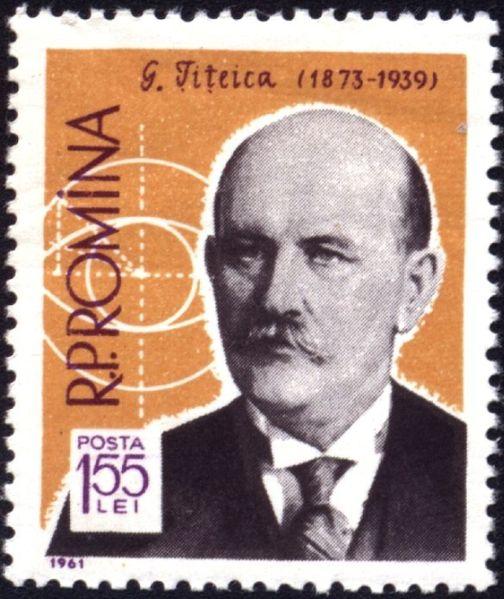
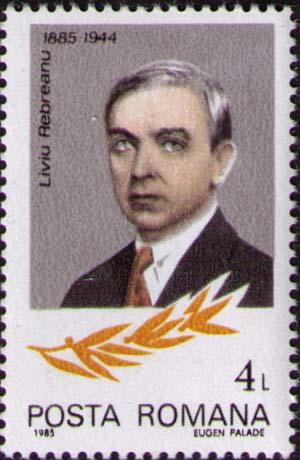








Recent Reviews